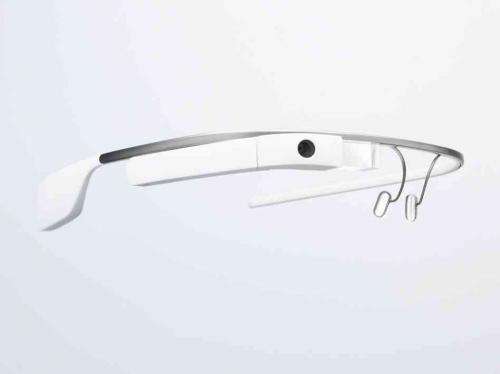Study finds Google glass may partially obstruct peripheral vision

Testing of study participants who wore head-mounted display systems (Google glass) found that the glasses created a partial peripheral vision obstruction, according to a study in the November 5 issue of JAMA.
Interest in wearable head-mounted display systems for general consumers is increasing, with multiple models in production. However, their effect on vision is largely unknown. Peripheral visual field is a main component of vision and essential for daily activities such as driving, pedestrian safety, and sports. Conventional spectacle frames can reduce visual field, sometimes causing absolute blind spots, and head mounted devices have even more pronounced frames, according to background information in the article.
Tsontcho Ianchulev, M.D., M.P.H., of the University of California, San Francisco, and colleagues compared performance on visual field tests with a head-mounted device vs regular eyewear to quantify their effect on visual function. Three healthy individuals with 20/20 best-corrected visual acuity and normal baseline visual fields were tested in April 2014. Participants used a wearable device (Google Glass, Google Inc.), following manufacturer's instructions, for a 60-minute acclimation period. Perimetric visual testing (a measurement of the field of vision) was conducted first with the device, followed by a control frame (regular eyewear) of similar color and temple width.
In addition, to assess how the devices are worn by general consumers, photographs of people wearing the product and facing the camera, obtained from an Internet search, were analyzed. Photographs were assessed for prism position relative to the pupil.
Visual field testing demonstrated significant scotomas (blind spots) in all 3 participants while wearing the device, creating a clinically meaningful visual field obstruction in the upper right quadrant. Defects were induced by the Google Glass frame hardware design only and were not related to a distracting effect of software-related interference.
An analysis of 132 images indicated that many people wear the device near or overlapping their pupillary axis (a line perpendicular to the surface of the cornea, passing through the center of the pupil), which may induce scotomas and interfere with daily function.
The authors note that the study is limited by the small number of participants, who may not be representative of all users, and that a larger sample is needed to identify factors that influence scotoma size and depth.
"Additional studies are needed to understand the effects of these devices on visual function, particularly as their use becomes increasingly common," the authors conclude.
More information: DOI: 10.1001/jama.2014.13754
















